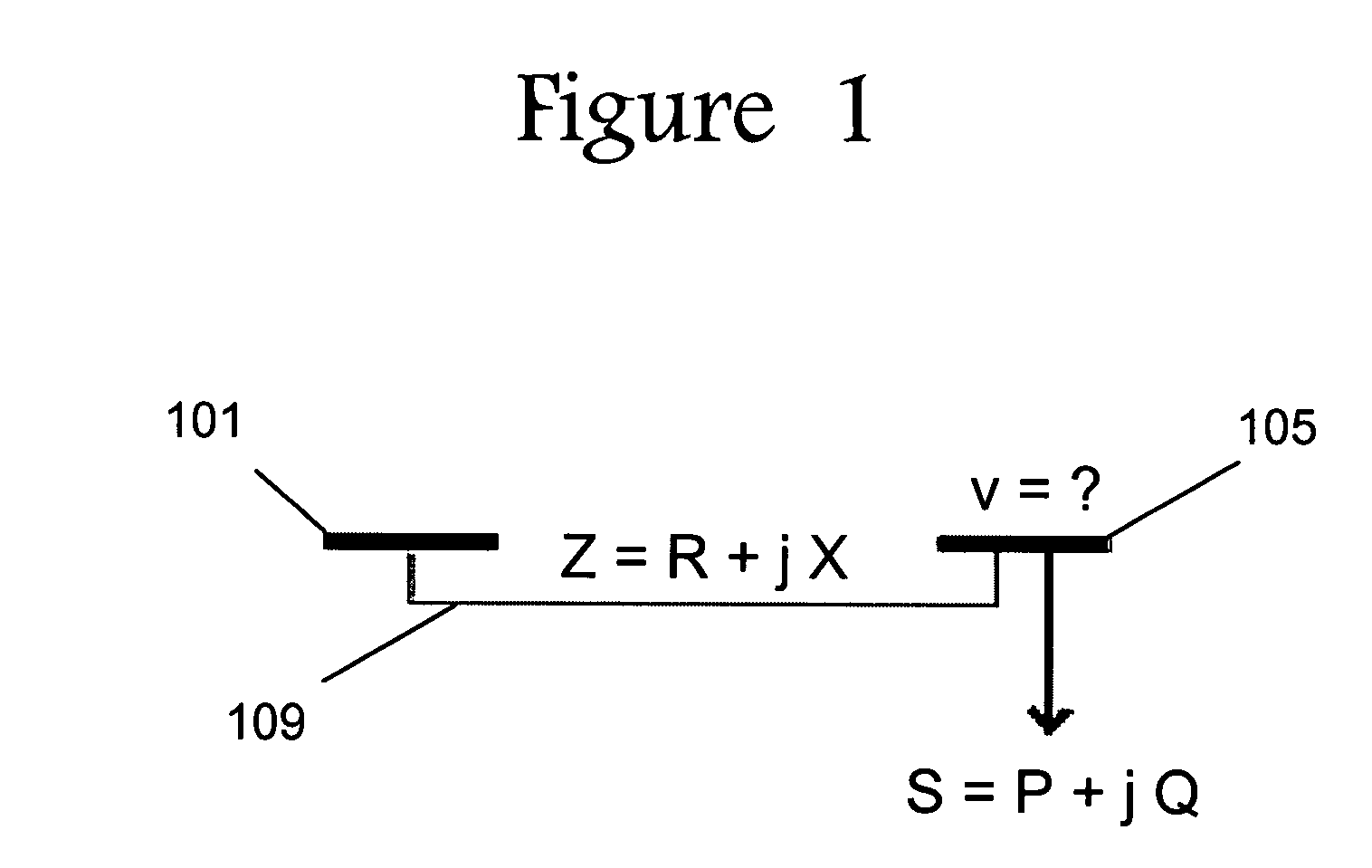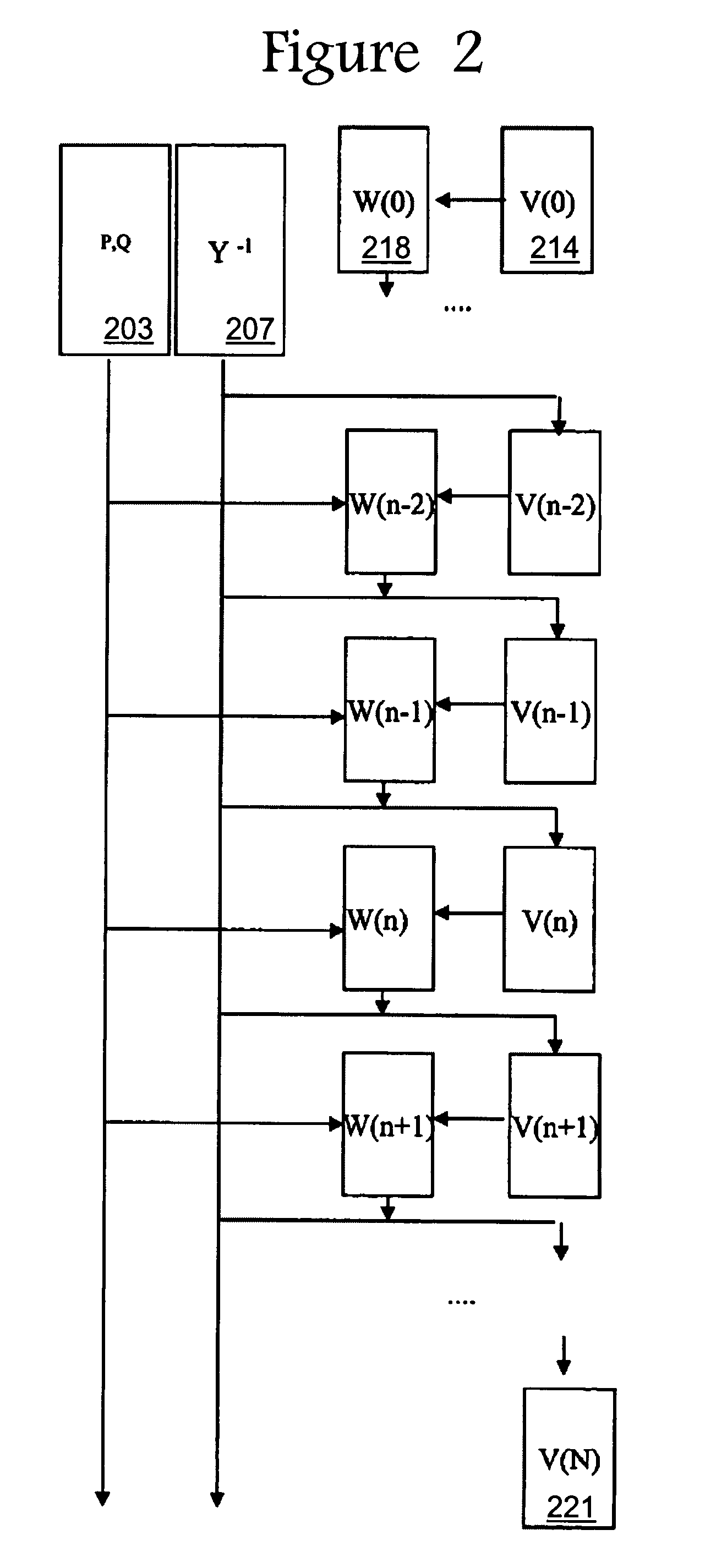The global electric industry is facing a number of challenges: an aging infrastructure, growing demand, and rapidly changing markets, all of which threaten to reduce the reliability of the
electricity supply.
Increasing demand due to economic and demographic variations, without additional generation investments, has led transmission and distribution systems worldwide to their limits of reliable operation.
According to the North American Electric Reliability Council (NAERC),
transmission congestion is expected to continue over the next decade.
Yet, even this important step towards nationwide coordination raises concerns about transmission reliability.
In its report, “Reliability Assessment 2001-2010,” the NAERC stated, “The transition period from existing grid operation arrangements to the new world of RTO-managed grids may create some negative system reliability impacts.
From a momentary interruption to a full blackout, any disturbance is costly to the provider and consumers alike.
The rest of the solutions are spurious and cannot represent the physical solution of a real power system.
A power
system model with a complete set of exact measurements for all parameters is not possible; hence, observation of real values is limited to a subset of all needed parameters.
This methodology presents two majors drawbacks:a) Even in the case where there is a solution, FDNR may not be able to find it, due to the fractal nature of the convergence region of this
algorithm.
This is inherent to the iterative nature of the Newton-Raphson Methodology.b) FDNR cannot assure that a solution (one that solves the
mathematical equations) really represents the physical one.
The problems of the FDNR methodology are well known by the electrical sector, taking the form of stochastic non-convergence or dependency of the result in the order of the actions over the network.
Several attempts to overcome these difficulties have been undertaken in the past, but with limited success.
1) Limit violation control of parameters outside operating limits. These processes may comprise intelligent methods that generate proposed remedial actions by means of using load flow on the last estimated snapshot or state of the power system by the EMS State Estimator automatically (by means of an
algorithm) or manually using a real time
network simulation by the operator. Some physical devices, such as protections and others with or without local intelligence, have also been developed as alternatives, including U.S. Pat. No. 5,428,494 to Ahuja, which presents a system for over-voltage and under-current protection, and U.S. Pat. No. 5,327,355 to Chiba et al., which presents a
fuzzy logic based method for tap
transformer settings for
voltage control. Extreme
remedial action always involve
load shedding, which process is treated in some form in U.S. Pat. No. 4,324,987 to Sullivan, II et al., U.S. Pat. No. 4,337,401 to Olson, U.S. Pat. No. 4,583,182 to Breddan, and U.S. Pat. No. 5,414,640 to Seem. A method for controlling voltage and reactive power fluctuations in adjacent power systems is discussed in U.S. Pat. No. 6,188,205 to Tanimoto et al.
4)
Voltage stability analysis, which can be viewed as the aggregation of the following:a. PV and QV curves construction.b. Determination of
voltage collapse point and current
operating point as well as
voltage stability criterion.c. Generating a metric to
voltage collapse. One such example is the margin to voltage collapse defined as the largest load change that the power system may sustain at a set of buses from a well-defined
operating point, as described in U.S. Pat. No. 5,745,368 to Ejebe et al.d.
Voltage stability assessment and contingency analysis and classification. Concerning
voltage stability security assessment, state of the art load flow methodologies in general do not work. A well detailed explanation on which of these tasks they tend to fail can be found on U.S. Pat. Nos. 5,594,659 and 5,610,834 to Schlueter. Because of this, Newton-Raphson is ill conditioned for the situation. In the cited patents, Schlueter states that current methods lack diagnosis procedures for determining causes of specific
voltage instability problems, as well as intelligent preventive procedures. His method is an attempt to overcome this situation in certain cases. He provides for detecting if certain contingencies (line outages and loss of generation) related to reactive reserve basins can cause
voltage instability.
With
ageing infrastructures and growing demand, disturbances are increasingly likely to happen.
Traditionally, restoration after a disturbance has been one of the most difficult things for electrical companies to
handle.
While hundreds of hours of
systems analysis and
documentation go into restoration plans, they never match the reality of any specific disturbance, and they are dynamic in nature.
This last aspect is responsible for not being able to behave well when disruptions of the system state take place, when a major disturbance or blackout takes place.
To conclude, we add that when the
electrical network state is close to voltage collapse, precisely when operators and planners need the support of these tools the most, traditional methods fail and frequently cannot deliver a correct calculation.
 Login to View More
Login to View More  Login to View More
Login to View More 


